9:02 a.m. PDT Oct. 3, 2021
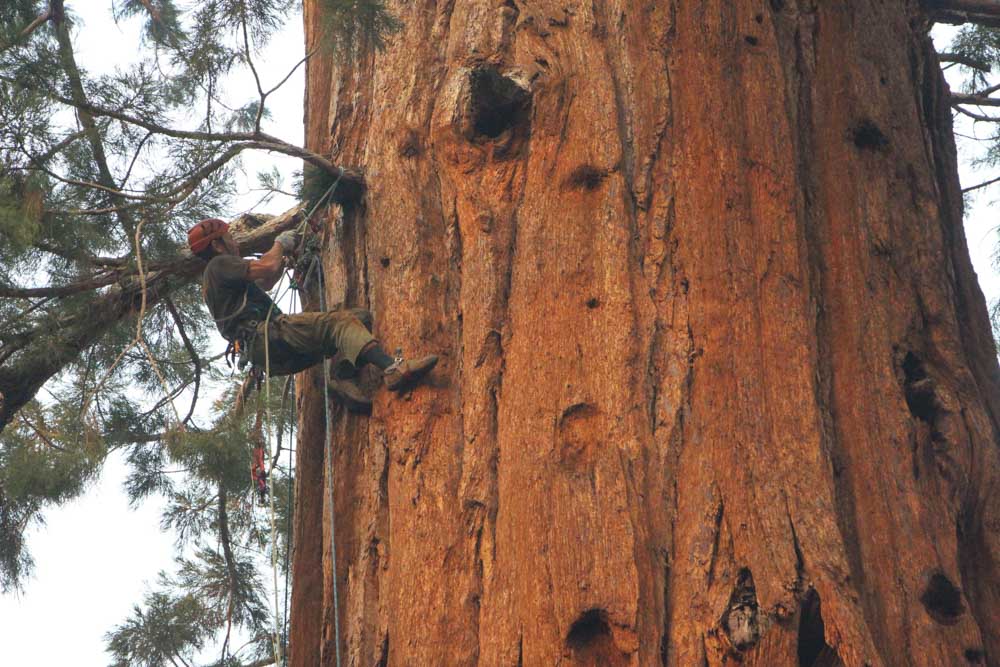
Smokejumpers who usually arrive at a fire by parachute have climbed at least one of the giant sequoia trees on the Windy Fire in California to investigate areas on the tree that were burning. The initial reports were that they would climb an adjacent tree and use a fire hose to apply water onto the burning tree. Smokejumpers are trained to climb trees in order to retrieve hung up chutes, but this is not a common task for them, climbing a tree that is burning. Usually they simply cut it down.
But these huge trees that can live for more than 3,000 years have been suffering during the multi-year drought and dry windy weather that has caused very low fuel moistures and intense fires that can penetrate the foot-thick bark. Last year the Castle Fire, just to the north (see map below), destroyed an estimated 7,500 to 10,600 large sequoias with trunk diameters of more than four feet, which was 10 to 14 percent of all large sequoias across the tree’s natural range in the Sierra Nevada.
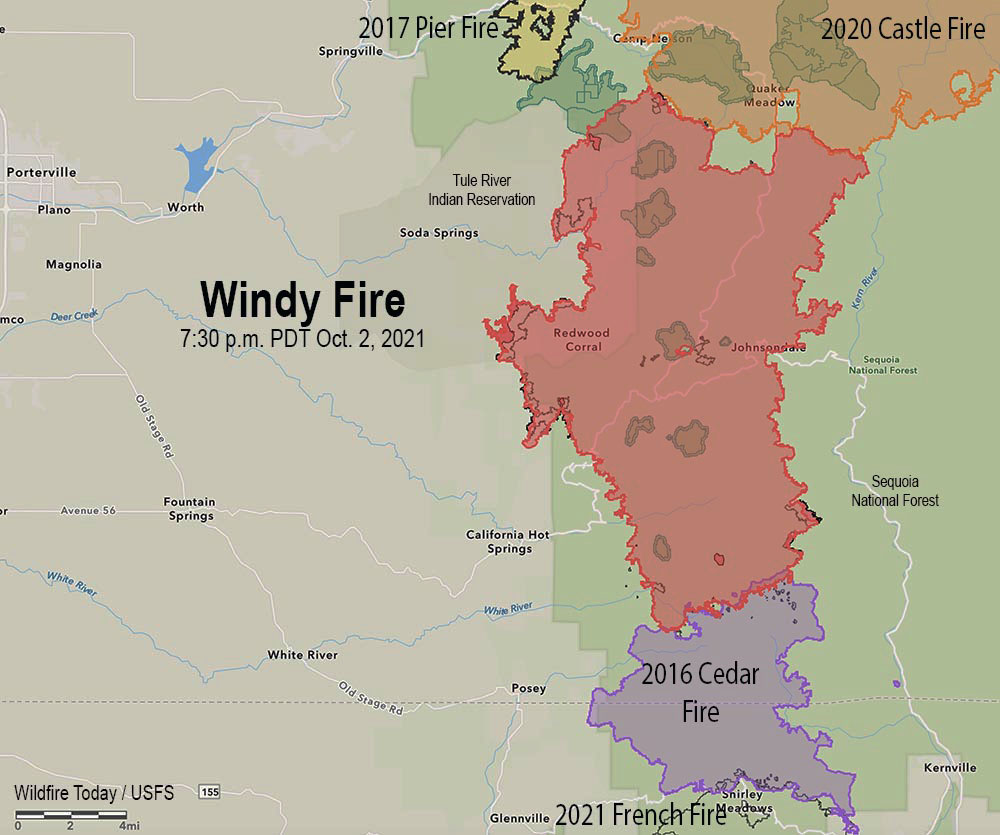
The 92,473-acre Windy Fire has not spread as much in the last two days as it did earlier. Most of the additional growth was on the west side in and south of the Tule River Indian Reservation. During the Saturday night mapping flight the only large area with intense heat (dark red area on the map) was on the reservation.
Most of the north one-third of the fire has contained fireline, as do some of the areas around California Hot Springs, Pine Flat, and Sugarloaf Village but there is still work to do west of Fairview, on the Tule River Indian Reservation, and other locations near Sugarloaf Village.
Very dry daytime and nighttime conditions are expected to persist into early next week. On Sunday, the Kern River drainage will be very prone to strong winds, with gusts of 25–30 miles per hour; elsewhere, gusts will be up to 20 miles per hour. The result will be several hours of near-critical to critical fire weather conditions along the Kern River valley and adjacent slopes.
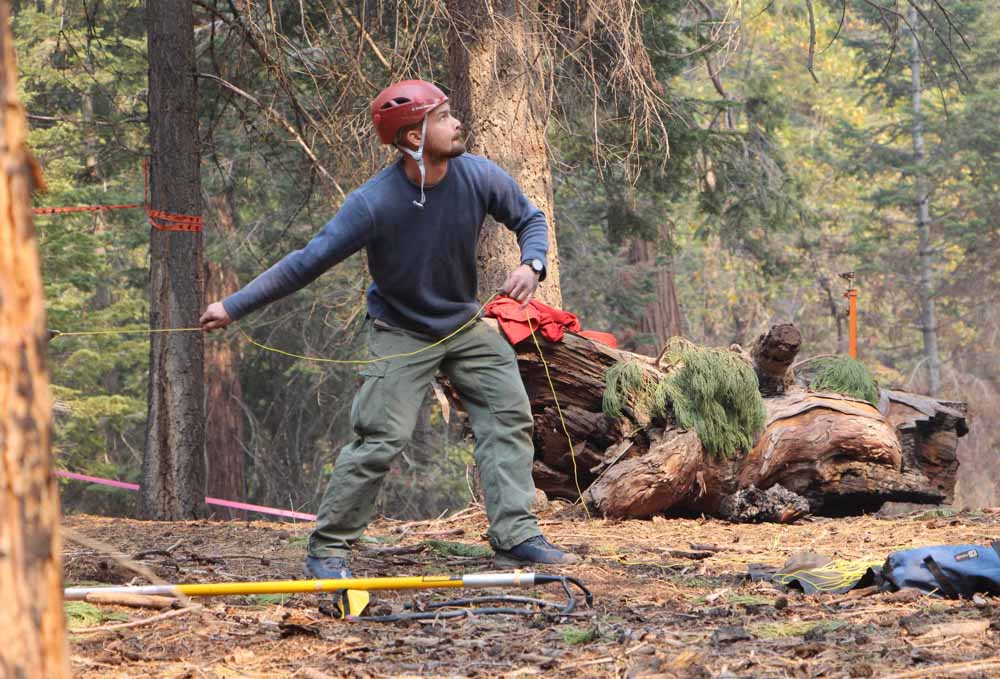
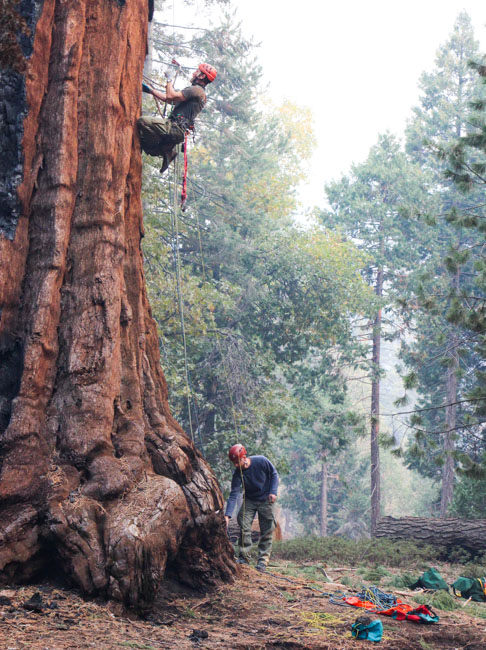
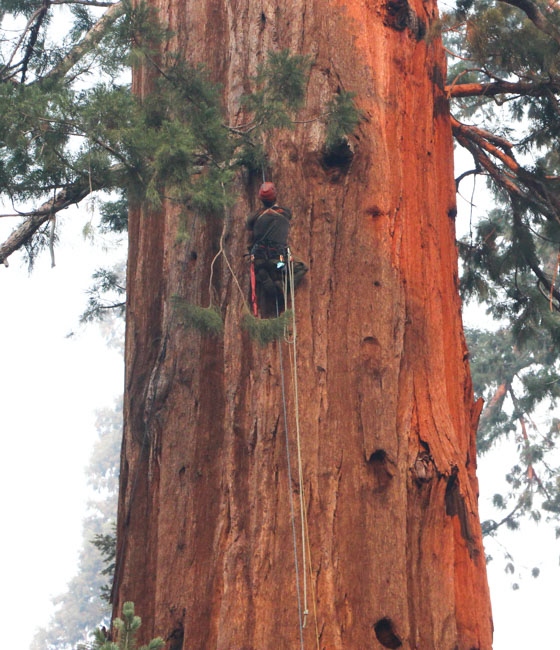

California State Parks have been climbing large coast redwood trees for years to put out fires. But climbing is always a last resort for safety reasons. If the fire is just out of range for fire hoses on the ground, we use galvenized pipe to get water a bit higher. If water can’t be sprayed high enough to reach burning areas, we use ropes to pull sprinklers up into trees. We get sprinklers well over 200 feet up. As with the smokejumpers you mention, when climbing, we always try to climb an adjacent tree that isn’t on fire for obvious safety reasons. We have saved many giants well over 1000 years old with these techniques.
Thanks. I was not aware of that program.
This weekend was National Fallen Firefighters Memorial. I hope our fallen WILDLAND firefighting brothers were remembered. They definitely were in my home.